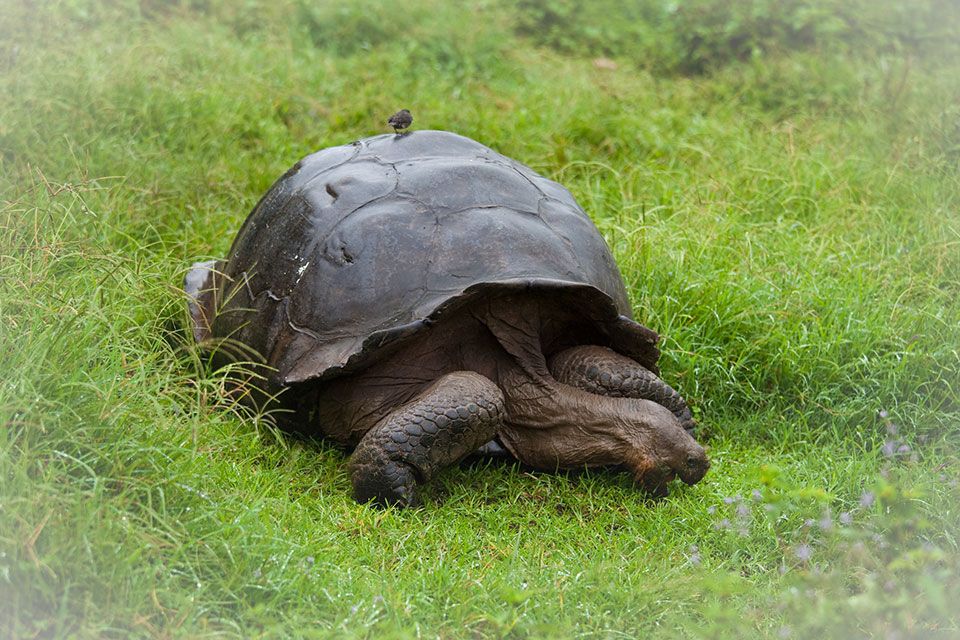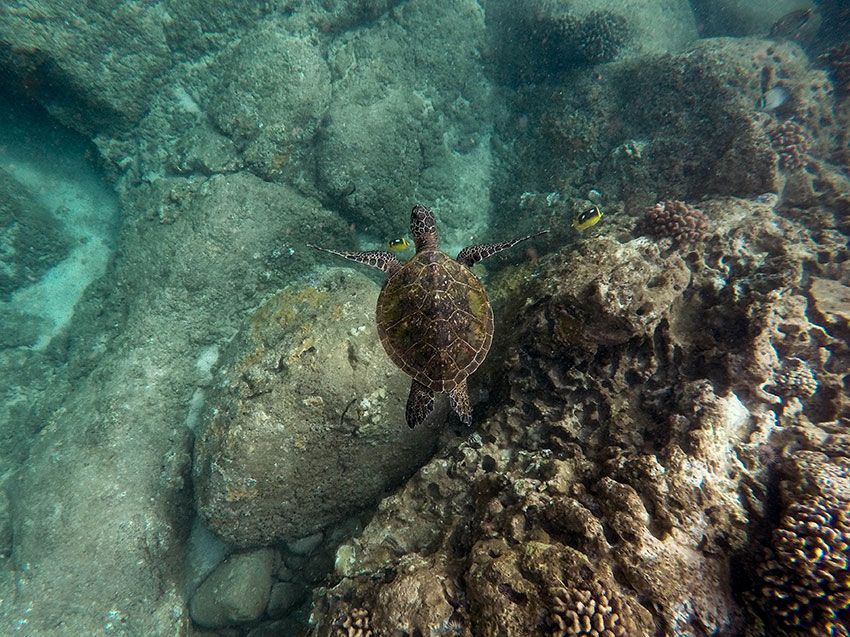Galapagos Islands offer fabulous Galapagos wildlife and up-close Galapagos Animal encounters and spectacular scenery. The Galapagos Islands are a World Heritage Site due to the many endangered species living there. All visitors must follow rules and protect the environment on the islands.
Galápagos National Park, established in 1959 and beginning operations in 1968, is Ecuador’s first national park and a UNESCO World Heritage Site.
In Galapagos, only 5 islands have any type of human settlement, which are generally the largest in the archipelago. Since the 1960s, tourism in the Galapagos Islands has exploded, with more than 220,000 annual visitors and this number continues to grow. More hotels are being built and boats being commissioned each year.
The Galapagos National Park regulates immigration and tourism in the entire Galapagos archipelago, very few Ecuadorians are allowed to move there.
What are the Galapagos Islands National Park Rules?
- Flash photography is not permitted when taking photos of wildlife. Professional photography and videos recorded for commercial purposes must be authorized by the GNPD. Drones are also another photo-taking element that is not allowed according to the Galapagos National Park Rules!
- Visitors to any protected areas within the Galapagos National Park must be accompanied by a naturalist guide authorized by the GNPD.
- Stay on the designated trails at all times.
- Do not disturb the animals or remove any native plants or rocks.
- Do not transport any organic material into the islands, or from island to island. No plants, rocks, animals or their remains, such as bones, pieces of wood, feathers, rocks,
sand, corals, shells, or other natural objects should be collect, moved or disturbed. Cooperate fully with all environmental inspection and quarantine officials during your visit. - Avoid approaching the wildlife and keep a distance from them of at least 6 feet (2 meters).
- Do not feed the animals as this can cause health problems.
- Do not carry food and/or foreign elements into visitor sites.
- Do not approach animals that are resting or their nesting sites.
- Smoking and/or campfires are strictly prohibited within the Galapagos National Park, as fires poses a serious risk to the flora and fauna of Galapagos.
- Cellular and satellite phone use is prohibited in visitor sites.
- Do not take or buy any products or souvenirs made from banned substances, including black coral, shells, lava rock, animal parts, or any native wood or vegetation prior to leaving Galapagos. This is illegal and must be reported.

Photo credit: Anthony C / Flickr
- Conservation is part of everyone’s responsibility. Our ability to show that we care allows us to become Galapagos supporters and ambassadors of conservation.
- Dispose of all trash and/or recyclable waste in the designated containers
- Travel only with tour operators and/or boats authorized to work in the protected areas of Galapagos.
- Remain on marked trails at visitor sites and respect signs at all times for the protection of wildlife, and for your safety.
- Camping is only allowed in a few authorized areas in the Islands. Request authorization to camp at the Galapagos National Park’s offices at least 48 hours in advance.
- Practice “leave-no-trace” principles in order to maintain the beauty of the environment.
- Fishing is only permitted on recreational tour boats authorized by the GNPD.
- Motorized aquatic sports, mini-subs, and aerial tourism activities are not permitted in the Galapagos National Park or Marine Reserve.
The Galapagos Islands are home to some of the highest levels of endemism species found nowhere else on earth. Some of them includes the giant Galapagos tortoise, marine iguana, flightless cormorant, and the Galapagos penguin — this is the only penguin species to be found in the Northern Hemisphere.
Learn more about the Galapagos National Park rules and experience the islands in an environmentally conscious way.
Featured photo credit: Paul Krawczuk / Flickr
Want to learn more about other sustainable destination? Check out section sustainable travel destinations.









